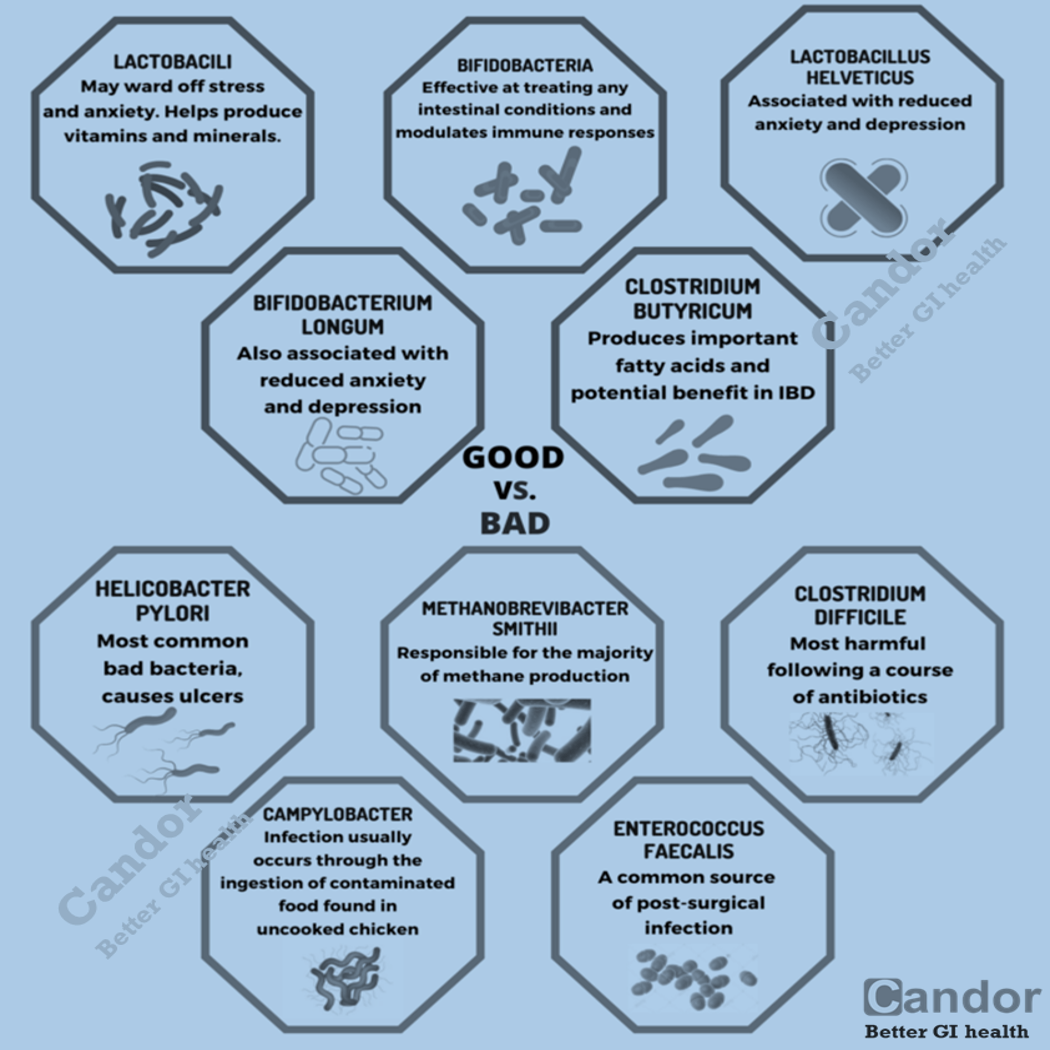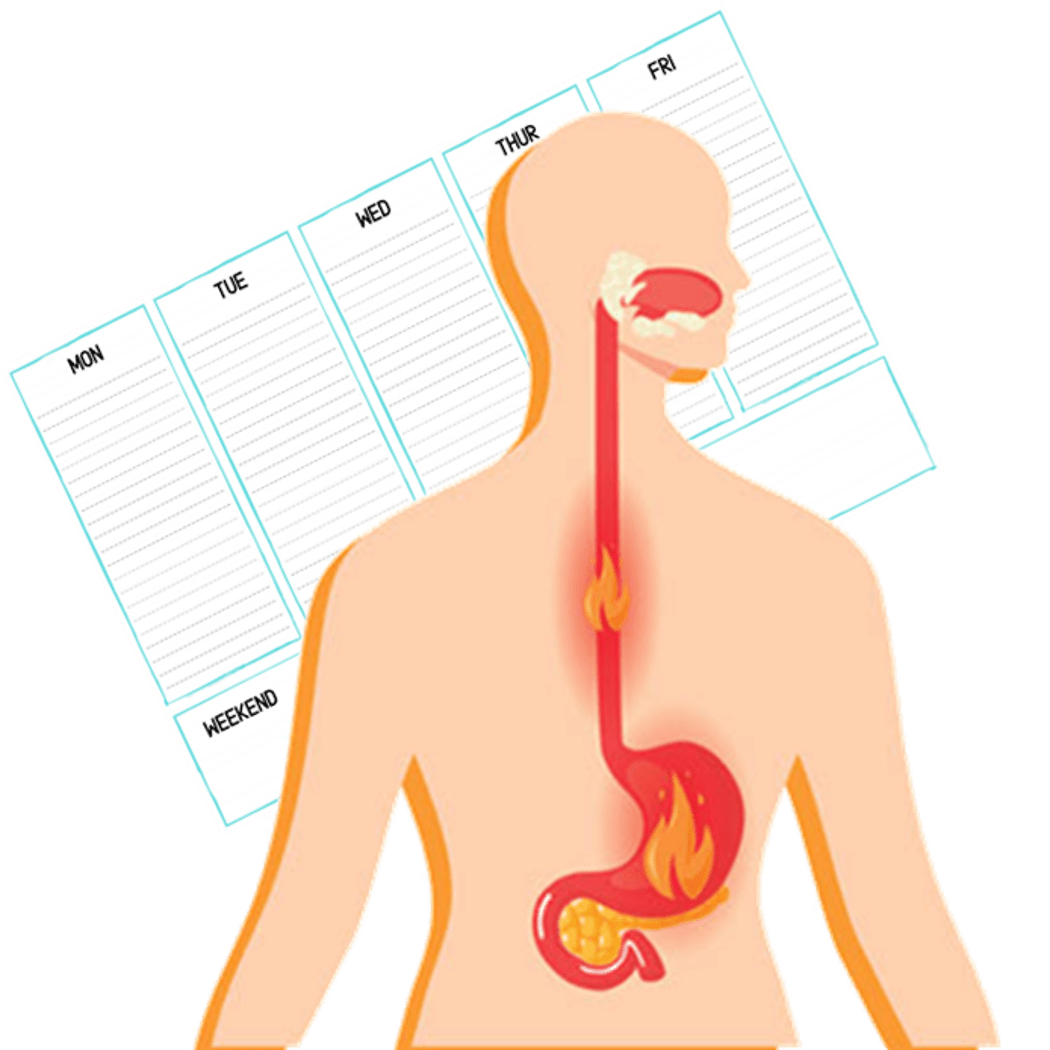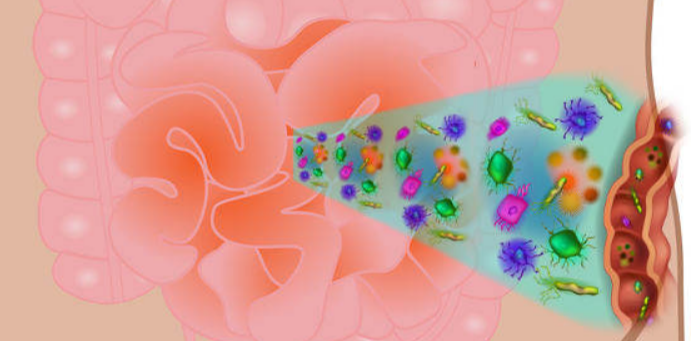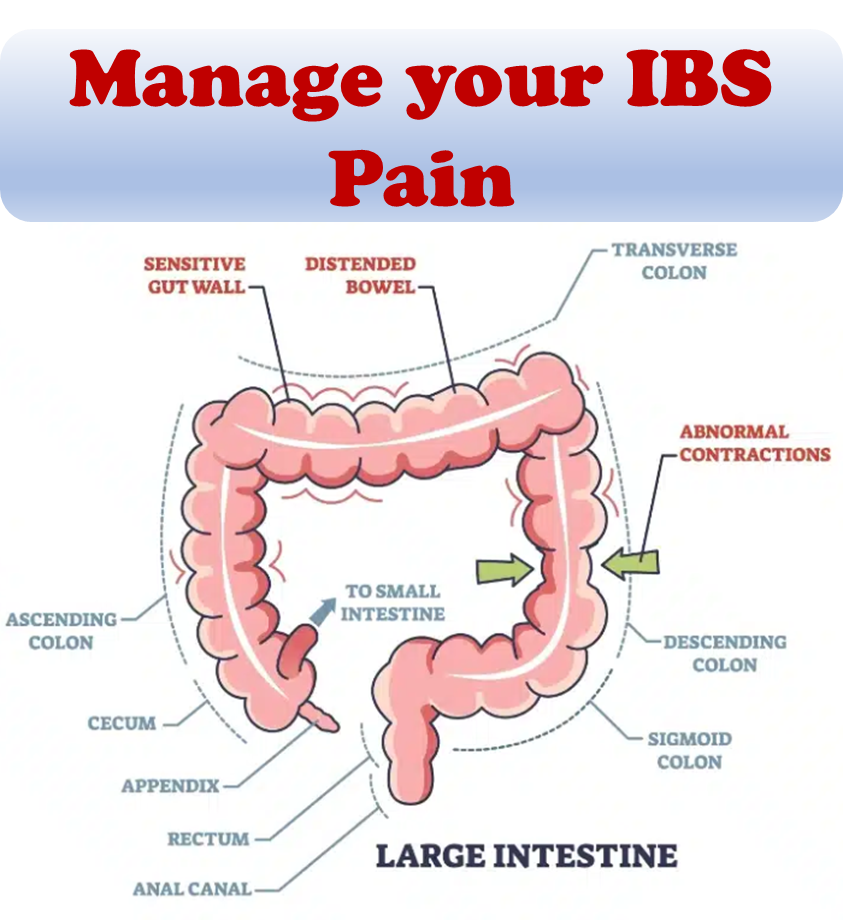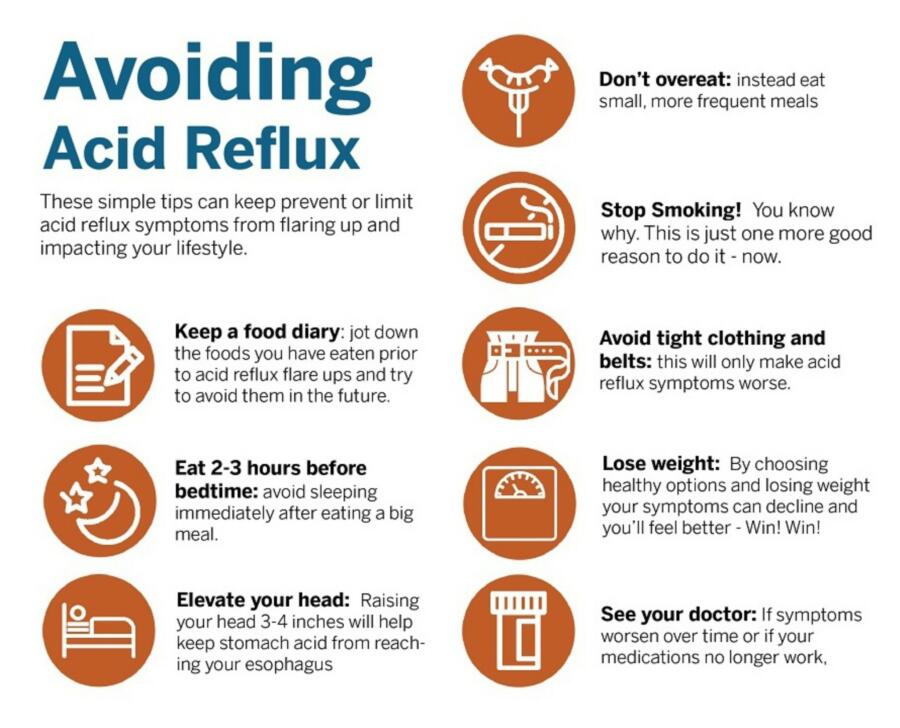It has been classified into four main types depending on whether diarrhea is common, constipation is common, both are common, or neither occurs very often (IBS-D, IBS-C, IBS-M, or IBS-U respectively). Classifying patients with IBS into specific subtypes based on predominant bowel habits is useful as it helps focus treatment on the predominant, and often, the most bothersome symptom.
IBS is classified into four subtypes:
- IBS with predominant constipation (IBS-C)
- IBS with predominant diarrhea (IBS-D)
- With mixed bowel habits (IBS-M)
- IBS, un-subtyped
The IBS subtype is explicitly based on the patient’s reported predominant bowel habit on days with abnormal bowel movements, and not on an average of all days, which might include days with normal bowel habits. Abnormal bowel movements are classified using the Bristol stool form scale, which is described below.
The Bristol stool form scale (BSFS) was developed in the 1990s in the Bristol Royal Infirmary in England. The authors described seven types of stool, which are noted below:
Type 1: Separate hard lumps, like nuts (hard to pass)
Type 2: Sausage-shaped, but lumpy
Type 3: Like a sausage but with cracks on its surface
Type 4: Like a sausage or snake, smooth and soft
Type 5: Soft blobs with clear cut edges (passed easily)
Type 6: Fluffy pieces with ragged edges, a mushy stool
Type 7: Watery, no solid pieces, entirely liquid
The authors classified stool types 1 and 2 as being associated with constipation, while stool types 6 and 7 were associated with diarrhea (and stool type 5 to some degree). Stool types 3 and 4 were considered normal stools. The BSFS is a convenient way for patients to describe their bowel habits, and is routinely used in clinical trials. In addition, at the two extremes (Bristol stool types 1 and 2 or types 6 and 7), the stool form serves as a rough surrogate marker of colon transit. Patients with IBS-C have >25% of their bowel movements associated with BSFS 1 or 2, while those with IBS-D have >25% of their bowel movements associated with BSFS 6 or 7. Those with the mixed subtype of alternating constipation and diarrhea (IBS-M) have >25% of their bowel movements associated with BSFS 1 or 2 and >25% of their bowel movements associated with BSFS 6 or 7.
Follow us on:
http://www.facebook.com/getcandorapp


